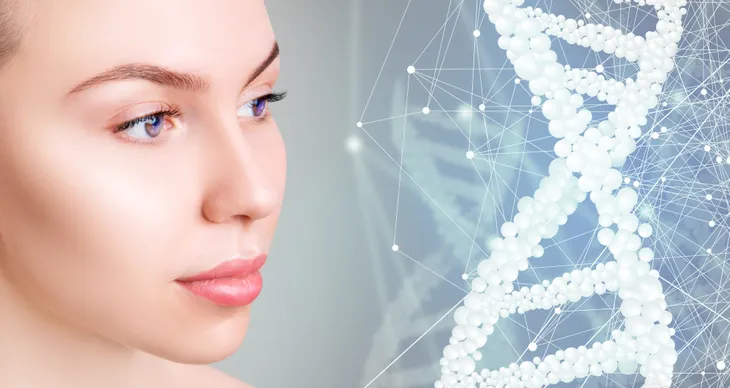Curious Kids is a series for children of all ages. Have a question you’d like an expert to answer? Send it to CuriousKidsCanada@theconversation.com.
I would like to know how our DNA affects our fingerprints. And I would also like to know how our DNA affects the iris, please. — Arianne, 15, Montréal, Que.
Solving crimes in real life is not quite like it is on television, but in both settings, evidence is required. Fingerprints and DNA left at a crime scene are both excellent sources of evidence.
Deoxyribonucleic acid (DNA) has some influence on our fingertips, but what really makes fingerprints unique is the special folding pattern of tiny ridges on our skin. This occurs during fetal development and gives humans the ability to hold and grip objects. No two patterns of ridges are exactly alike.
DNA fingerprinting, on the other hand, is another way of collecting evidence that enables investigators to narrow down the identity of an individual based on unique genetic patterns.
A set of instructions
DNA is the genetic information contained inside each of our cells that makes us who we are. DNA acts like a set of instructions written in a special code using just four letters: A-adenine, T-thymine, C-cytosine, and G-guanine. These letters refer to nucleotides, and it is the specific order of nucleotides within DNA that represents the instructions for all the cells and their functions in our body.
The complete set of DNA instructions is 99.9 per cent similar across every single human on the planet — but the tiny fraction that is different is as unique as the prints on the tips of your fingers.
These unique regions occur at known positions in our DNA in small sections called microsatellites, or tandem repeats. Microsatellites contain short segments of repeating DNA that are typically one to six nucleotides long (for example, GATGATGAT). Everyone has the same microsatellites in the same known positions in our DNA, however, the number of repeats varies from person to person.
You may have “GAT” repeated 10 times, whereas your teacher may have “GAT” repeating 12 times. As a result of these differences in the number of repeats, microsatellites have easily measurable lengths and investigators can use these measurements to generate a match between a suspect’s DNA and a crime scene sample.
Determining appearance from DNA
DNA fingerprinting may not always produce a match, or investigators may not have any suspects to compare crime scene DNA to. So how do investigators know who to look for? New methods are using DNA left at a crime scene to teach us about what a suspect looks like.
It might sound like science fiction, but a new technique called forensic DNA phenotyping (FDP) can help generate a suspect profile from the genetic material left at a crime scene. Using FDP, investigators can determine an individual’s age, ancestry, hair color, skin color and eye color.
Let’s use eye color as an example. The color of your eyes is dependent on how much eumelanin you have in the iris. Eumelanin is a dark brownish-black pigment, and it absorbs a large amount of light. Individuals who have a lot of eumelanin in their irises have eye colors that appear dark, such as brown.
There are several genes responsible for controlling eumelanin production in the eye, but one of the most important genes for eye color is called OCA2, located on chromosome 15.
Here is where our DNA instruction book comes in handy again. At any given position in our DNA sequence, we have two nucleotides, one on the chromosome inherited from our mother and one on the chromosome from our father. Individuals with two copies of “G” at a specific position near OCA2 (inheriting one “G” from their mother and another “G” from their father) produce less eumelanin and are more likely to have blue eyes.
In contrast, individuals with one or two copies of an “A” at the same position produce more eumelanin and are more likely to have brown eyes. Researchers are working to improve FDP technology every day, as individuals with intermediate eye colors such as green and hazel are very hard to determine.
However, the ability to determine if crime scene DNA came from an individual with blue or brown eyes might be the information an investigator needs to narrow down a group of suspects.
Cristina Abbatangelo, PhD Student, Anthropology, University of Toronto
![]()
This article is republished from The Conversation under a Creative Commons license. Read the original article.






